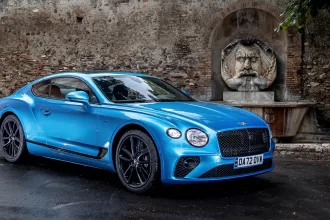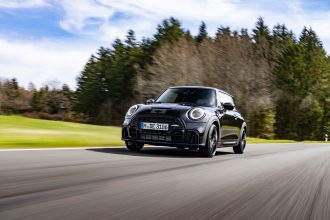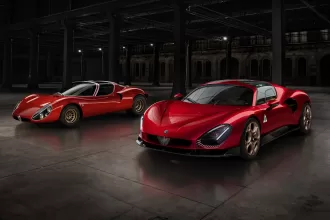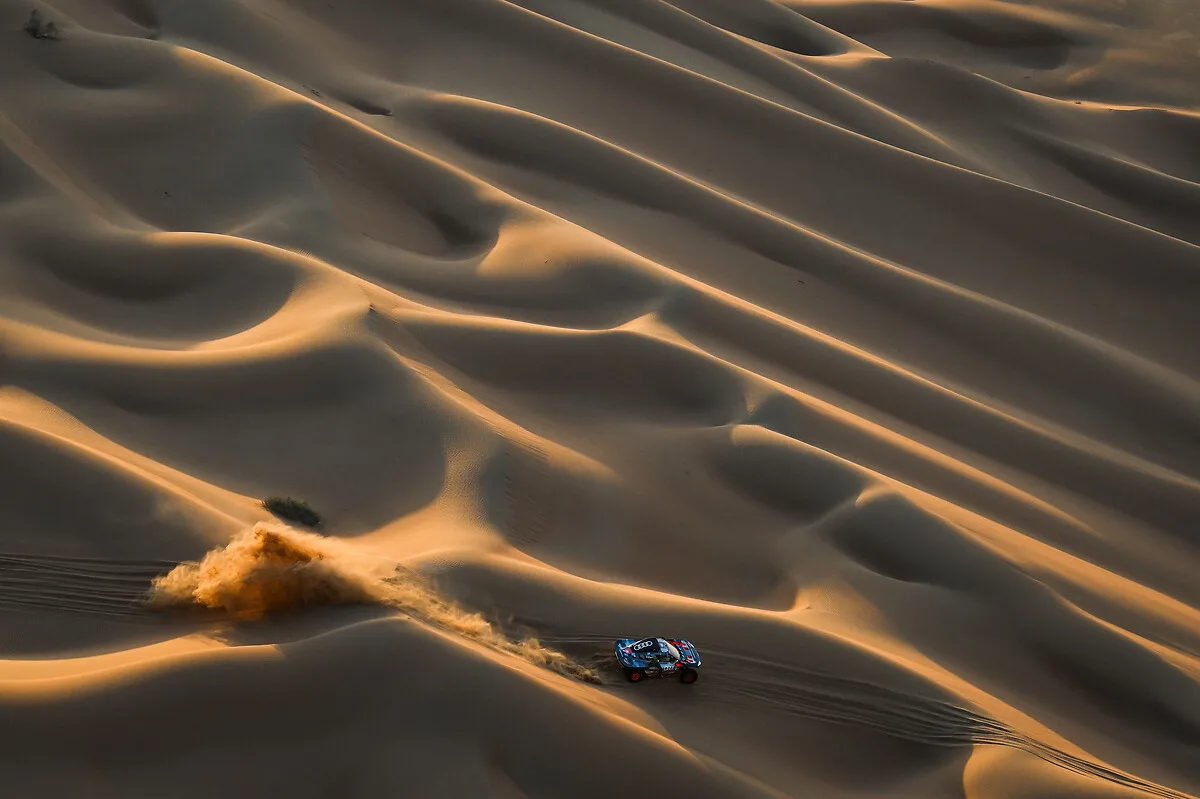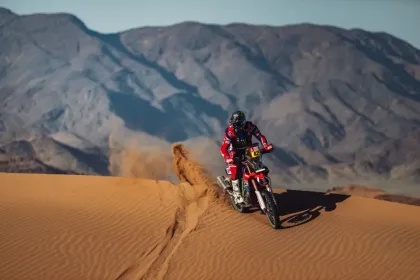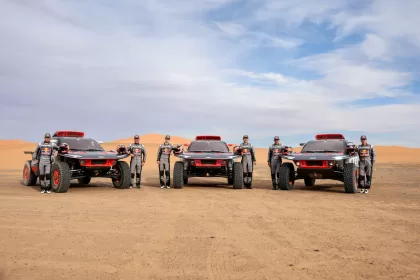FOCUS
Dunes galore were on the programme in the Empty Quarter, through which the competitors are passing during two days as part of a new stage format: 48 hours chrono. Over a special totalling 547 kilometres for the FIA crews and 625 km for the FIM riders, each competitor had to stop at 4 pm at one of the seven bivouacs dotted along the route. In the Empty Quarter, the conditions are nothing like anywhere else and the amount of soft sand to be swallowed up under the wheels has multiple consequences, for example on fuel consumption, which the competitors must know how to gauge.
Unfortunately, that was something that Pablo Quintanilla was unable to do. The most advanced riders and drivers on the stage map will not necessarily be tomorrow’s winners, but so far the dunes have been tamed in the best possible way by Adrien Van Beveren on his bike and Carlos Sainz in his car. They respectively have 112km and 149 km left in order to complete this loop back to Shubaytah as winners.
OUTLINE
When racing through the dunes, the ability to climb and to get over them is not the be all and end all. It may seem obvious, but it’s essential to take mechanical aspects into account as well, and that starts with a basic parameter: managing how much fuel you have. Pablo Quintanilla, who ran out of fuel ten kilometres before the first refuelling point, paid a hefty price for his negligence and, after 424 km, has dropped down the rankings by more than 1 hour and 40 minutes.
Several of his team-mates on the Honda team, for whom he will now be able to act as a water (or petrol!) carrier, were wiser as well as more efficient and can still envisage triumphing in Yanbu, notably Ricky Brabec who is now the virtual leader of the general rankings with an advantage of 2’48’’ over Ross Branch. However, the same can be said for Nacho Cornejo and Adrien Van Beveren, the day’s quickest rider up to point F, located after 537 kilometres, where ten bikers will be spending the night tonight.
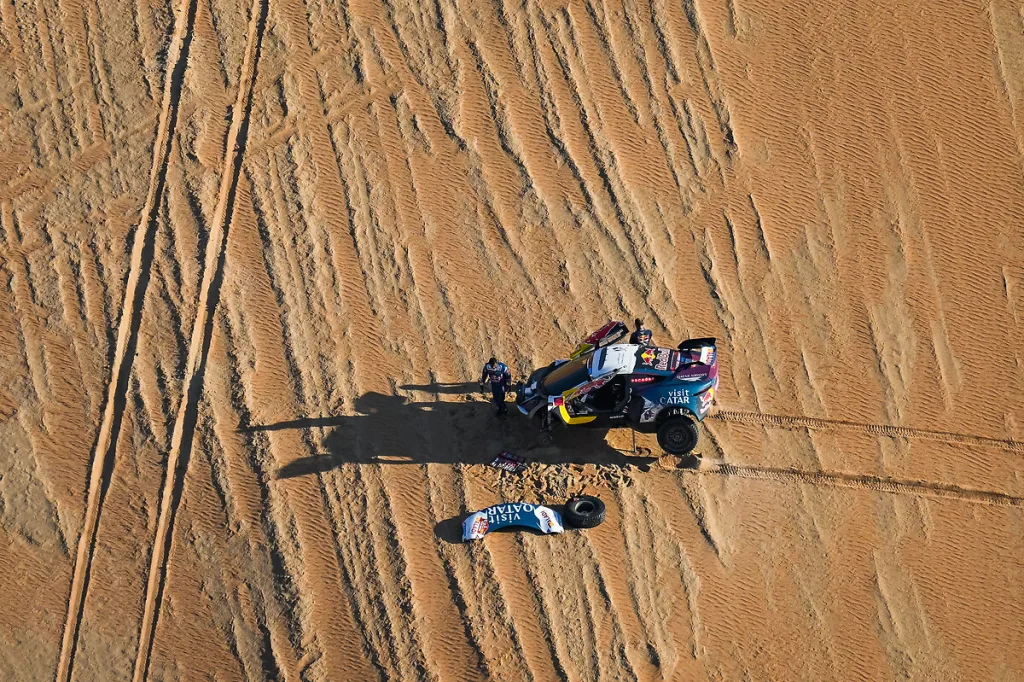
The car category also held a number of plot twists in store and it was firstly Yazeed Al Rajhi, due to his need for speed, who lost command of the general rankings, and can now kiss goodbye to triumph on the 2024 edition, after 51km (see A crushing blow). Much further along the route of the special, Stéphane Peterhansel fell foul of mechanical problems that bitterly punctuate the careers of even the greatest champions: following a simple puncture, he had to stop his Audi after 256 km but the failure of his hydraulic system prevented rapid repairs and also led to his power steering giving up the ghost. With already 2 hours and 8 minutes lost, it has been a tough day for ‘Mister Dakar’! Nevertheless, the Audi clan acquitted themselves with honour on the first part of the 48 HR Chrono stage, because Carlos Sainz put himself in an ideal position to resume racing tomorrow morning (see Performance of the day) and Mattias Ekström achieved the second-best intermediate time, putting him in second place in the general rankings, around 16 minutes behind his road captain.
The armada of RS Q e-Tron cars can still keep their hopes up in spite of Peterhansel’s problems, though they will be hoping that tomorrow’s sand will not clog up the progress of their smooth-running machine, all the more so given that Nasser Al Attiyah and Sébastien Loeb, who was slightly more discreet today, will be present and determined to keep them under pressure.
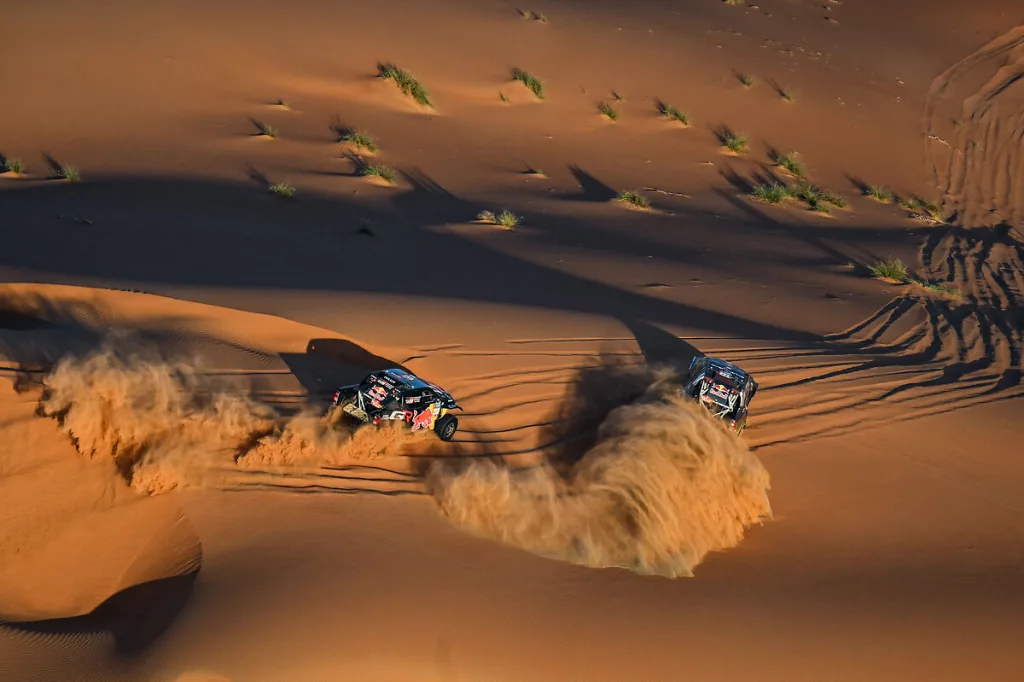
In the Challenger class, Eryk Goczał took advantage of the dunes to increase his lead over Mitch Guthrie (who trails by 56 minutes in the virtual general rankings), whilst in the SSV category, the Polaris drivers Florent Vayssade and Xavier de Soultrait enjoyed a profitable day, but will have to wait and see how the very threatening João Ferreira, who finished the day at rest point C (after 347 km), performs tomorrow on the second part of the stage. Finally, Martin Macík gained the upper hand over Janus van Kasteren in the truck race, a category in which there are also 200 kilometres left to go tomorrow for the majority of the favourites.
PERFORMANCE OF THE DAY
The gamble seems to have paid off for Carlos Sainz, who yesterday manoeuvred himself into the right place to get away in good position and put in one of his customary performances on the Dakar. As the 17th car to start the day, the Spaniard was able to demonstrate the effectiveness of a driving style that has remained intact since his days as world rally champion, and which has been adapted to the dunes by almost twenty years’ experience on the Dakar, since 2006 precisely. “El Matador”, a three-times winner of the race, gained a lead of 4’31’’ over his team-mate Mattias Ekström and 5’19’’ over Sébastien Loeb, which opens the door for him to a 43rd stage win on the Dakar and also the possibility of reaching the rest day at the front of the race.
A CRUSHING BLOW
He assuredly looked to have what it takes to tackle the major stage in the Empty Quarter like a boss: familiarity with the terrain, nearby to which he accomplished victory on the Abu Dhabi Desert Challenge last February; the status of general rankings leader, calmly achieved in among the rocks; and a starting position, in 4th to be precise, which boded well for the big challenge of the 48 HR Chrono stage. Indeed, it was not in the dunes where fate struck the hopes of Yazeed Al Rajhi, but in between two portions separated by a large chott where he wanted to test the potential power of his Toyota Hilux. However, being too greedy is a bad habit on the Dakar: at full speed, a clump of camel grass or a simple bump in the terrain turned the tracks into a take-off strip for his car, which barrel-rolled, putting it immediately out of service. The Saudi was taken back to the start of the special and has no guarantee of being able to battle for more stages or help his Overdrive team colleagues from stage seven onwards, because his badly damaged vehicle will have to comply with the technical and safety rules before being reintegrated into the race after the rest day.


